Welcome to the vibrant world of gardening, where each plant you nurture is a testament to your love of nature and a canvas for your creativity. Whether you’re taking your first steps with a trowel or are a seasoned gardener with dirt under your nails, choosing the right fertilizer is a pivotal step towards a thriving garden and abundant harvest.
In this guide, you’ll discover a treasure trove of practical tips and insights that demystify the world of fertilizers, empowering you to make informed decisions that suit your unique garden needs. As you explore the different types of fertilizers and their specific benefits, you’ll find yourself equipped with the knowledge to transform your garden into a lush, flourishing oasis.
The joy of gardening lies not only in the beauty it creates but also in the satisfaction of watching your efforts bear fruit—literally! By the end of this guide, you’ll feel confident and excited, ready to embrace the nurturing power of the right fertilizers and witness the rewards of your green-thumbed dedication.
Soil Test Kits (Precision Nutrient Analysis)
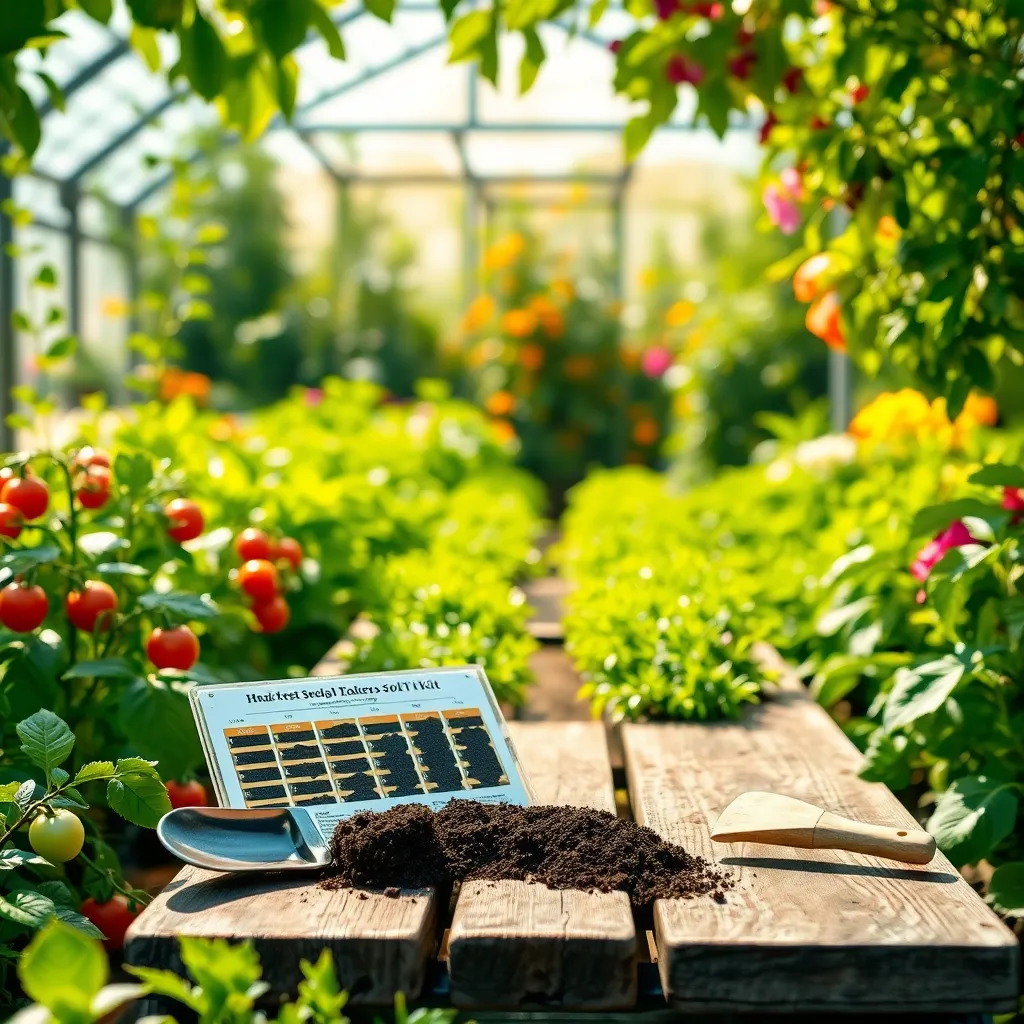
Testing your soil is a critical first step in choosing the right fertilizer for your garden. Soil test kits provide a detailed analysis of your soil’s pH level and nutrient content, helping you make informed decisions about what your plants need most.
To use a soil test kit, collect samples from different areas of your garden to get a comprehensive overview of your soil’s condition. Mix the samples well and follow the kit’s instructions, which usually involve adding a reagent and comparing the color change to a chart.
For beginners, a basic soil test kit that measures pH, nitrogen, phosphorus, and potassium is sufficient. However, more advanced gardeners might consider a kit that offers precision nutrient analysis, which can provide insight into micronutrient levels such as calcium, magnesium, and sulfur.
It’s essential to test your soil at least once a year, preferably in the early spring before planting. If you find your soil lacking in certain nutrients, you can then choose a fertilizer that specifically targets those deficiencies, ensuring optimal growth for your plants.
- Tip for Beginners: If you’re unsure about interpreting the results, local extension services often provide assistance.
- Advanced Tip: Test your soil after amending it with organic matter to see how the nutrient levels have changed.
Understanding your soil’s needs can prevent over-fertilization, which can harm plants and the environment. By using a soil test kit, you equip yourself with the knowledge to create a balanced and thriving garden, tailored specifically to your soil’s unique characteristics.
Compost Bins (Eco-Friendly Fertilizer Source)
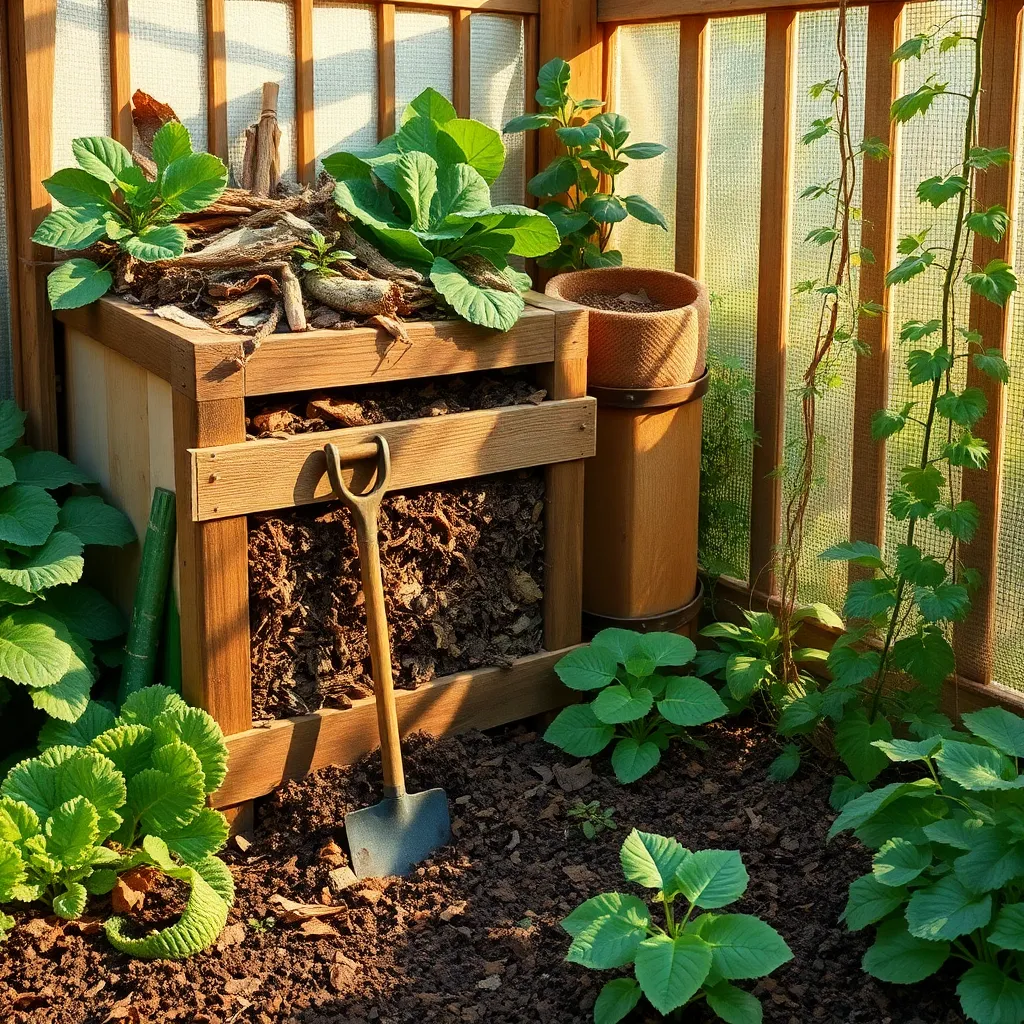
Compost bins are an excellent way to create an eco-friendly fertilizer source for your garden. By turning kitchen scraps and yard waste into nutrient-rich compost, you can enrich your soil while reducing waste.
Starting a compost bin is straightforward and can be done in a variety of containers, from simple tumblers to elaborate setups. To begin, layer materials such as green waste like vegetable scraps and brown waste like dried leaves.
Maintaining your compost bin requires a balance of moisture and aeration. Turn the pile every few weeks and ensure it remains slightly damp, similar to a sponge that has been wrung out.
For those looking to optimize their composting process, consider adding materials like crushed eggshells for calcium and coffee grounds for nitrogen. Avoid adding meat, dairy, or diseased plants, as these can attract pests and slow down decomposition.
Slow-Release Fertilizer Spikes (Consistent Nutrient Supply)
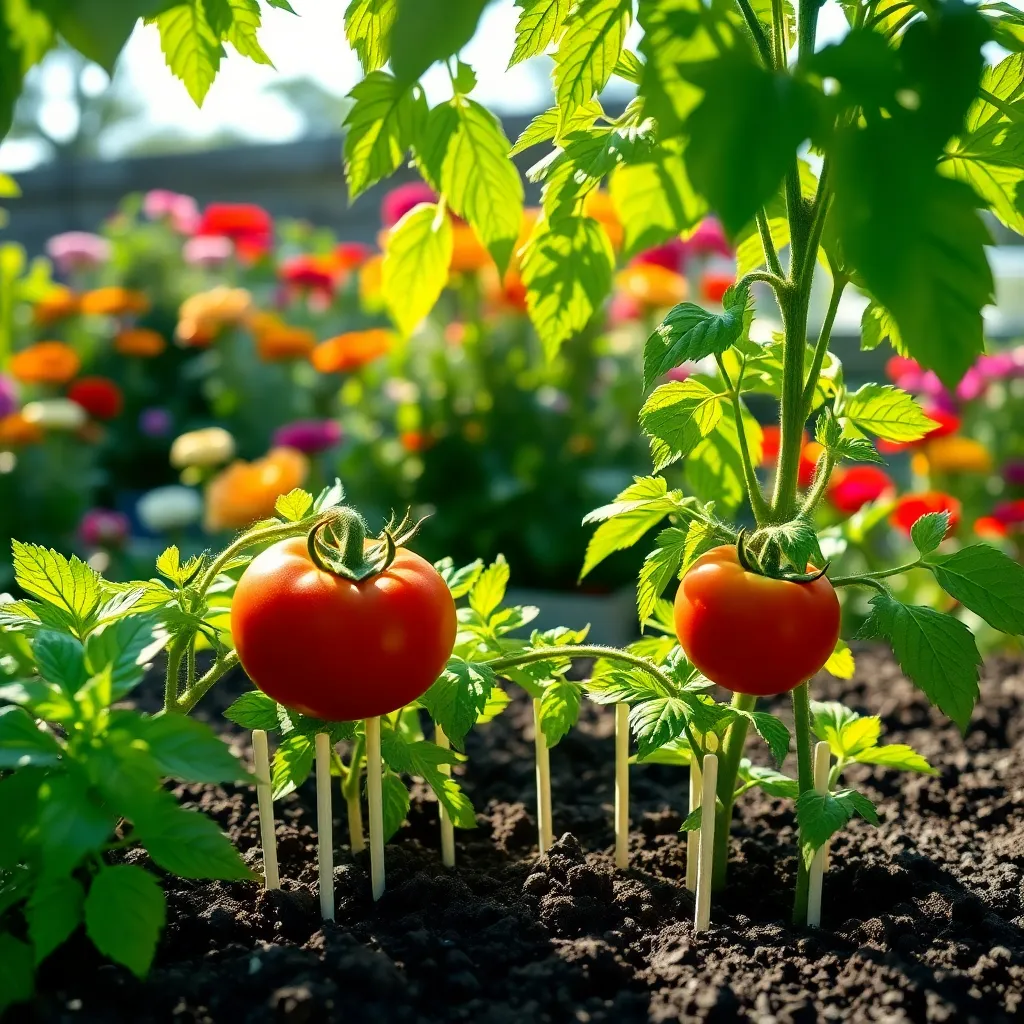
Slow-release fertilizer spikes offer a consistent nutrient supply, making them a convenient option for both novice and experienced gardeners. These spikes are designed to dissolve slowly in the soil, providing a steady release of nutrients over a period of months, which minimizes the risk of over-fertilization and root burn.
To use them effectively, place the spikes in the soil at the recommended depth, which is usually around 2-3 inches deep and at least 1-2 feet away from the plant’s base. This placement ensures that nutrients are delivered directly to the root zone, where they are most needed, and prevents direct contact with the plant stem, which can cause damage.
Slow-release spikes are ideal for plants that require a consistent nutrient supply, such as fruit trees, shrubs, and perennials. For best results, choose spikes that are specifically formulated for the type of plant you are fertilizing, as these will contain the appropriate balance of nutrients needed for optimal growth.
For advanced gardeners looking to maximize their plant’s performance, consider supplementing spikes with organic amendments like compost or mulch. These additions can enhance soil structure and moisture retention, further supporting the slow-release properties of the spikes and promoting a healthy, thriving garden environment.
Foliar Spray Applicators (Targeted Leaf Feeding)
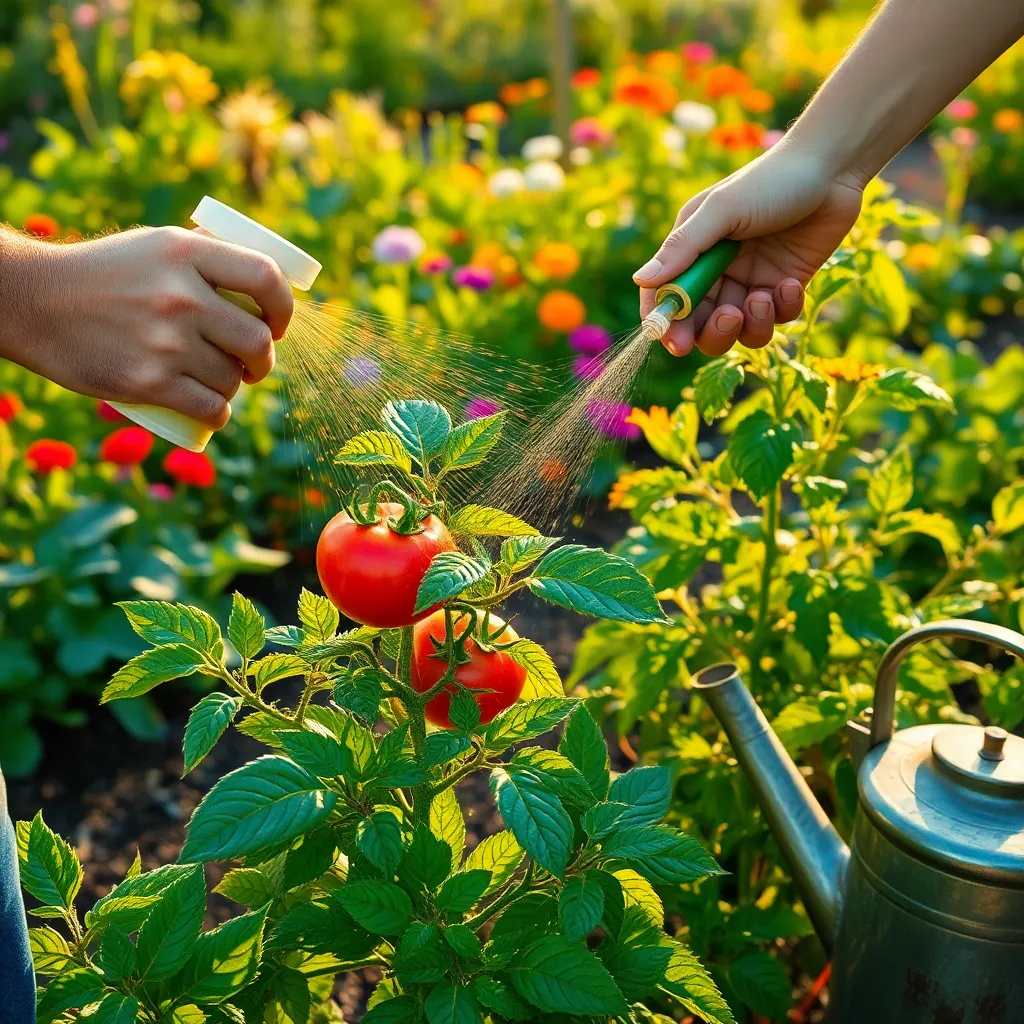
Foliar spray applicators offer a unique method for delivering nutrients directly to plant leaves, allowing for a more immediate uptake of essential elements. This technique is particularly beneficial for addressing nutrient deficiencies quickly, as leaves can absorb nutrients faster than roots.
To use foliar sprays effectively, it’s important to apply them during the cooler parts of the day, such as early morning or late afternoon. This timing helps prevent the evaporation of the solution and reduces the risk of leaf burn, ensuring the nutrients are absorbed efficiently.
For beginners, start with a basic foliar spray formulation that includes essential nutrients like nitrogen, phosphorus, and potassium. Ensure the solution is well-diluted to avoid damaging plant tissues; a common ratio is one teaspoon of fertilizer per gallon of water.
Advanced gardeners might experiment with adding micronutrients such as iron, magnesium, or zinc to their foliar sprays, catering to the specific needs of their plants. Regularly monitor your plants for signs of improvement or any adverse effects, adjusting your mix as needed for optimal results.
Organic Fertilizer Blends (Chemical-Free Growth Boost)
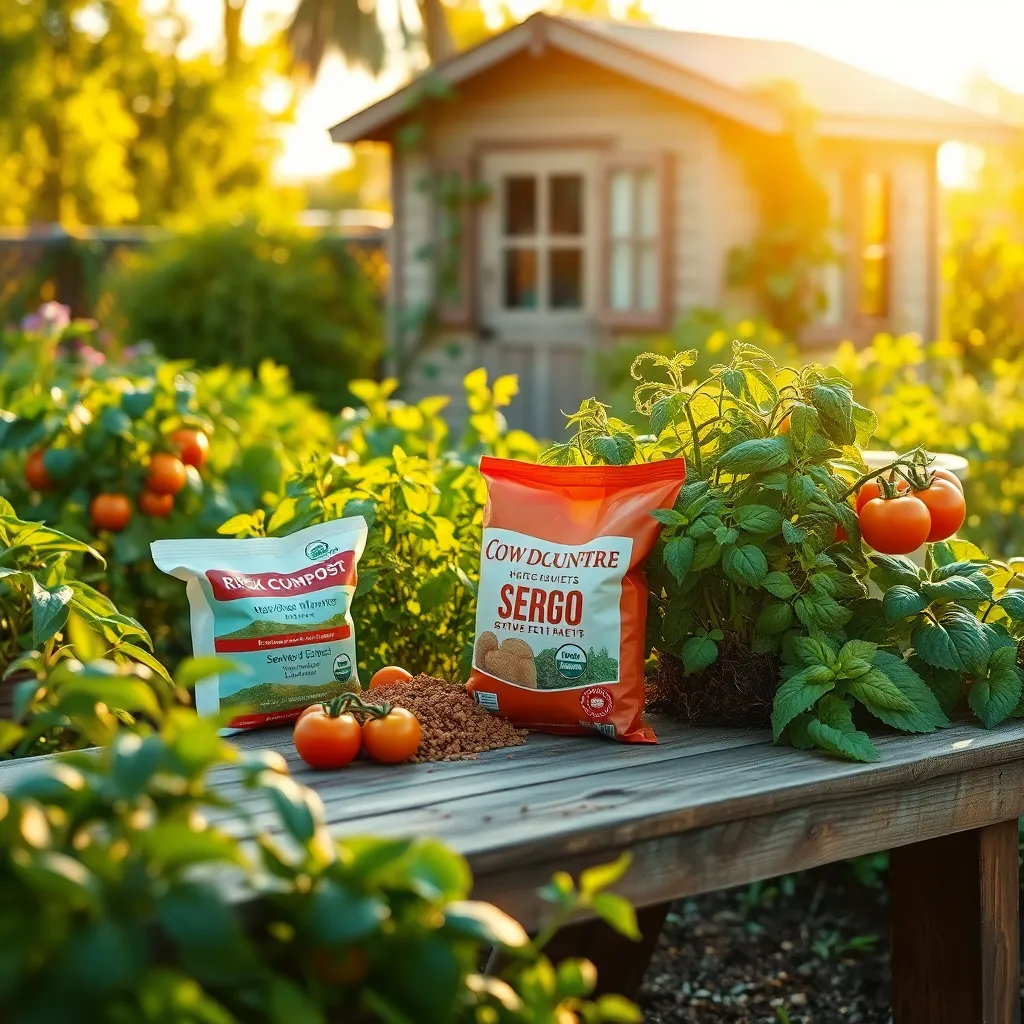
Organic fertilizer blends offer a natural solution for enhancing garden soil without the use of synthetic chemicals. They provide essential nutrients that can improve plant health and yield, making them an excellent choice for eco-conscious gardeners.
One popular option is a mix of compost and well-rotted manure, which enriches the soil with nutrients and improves its structure. To create your own blend, combine equal parts of these materials and apply a 2-3 inch layer over the garden bed before planting.
Bone meal is another effective ingredient in organic blends, providing a slow-release source of phosphorus that promotes root growth. It’s especially beneficial for bulbs and flowering plants; apply it by sprinkling a small handful around the base of each plant in the spring.
For advanced gardeners, consider incorporating kelp meal into your organic fertilizer mix. Kelp meal is rich in potassium and trace minerals, which help plants resist diseases and withstand environmental stressors; add it to the soil at a rate of 1-2 pounds per 100 square feet before planting.
Conclusion: Growing Success with These Plants
In nurturing your garden, much like a relationship, choosing the right “fertilizer” is essential for growth and flourishing. First, understanding the unique needs of your plants parallels recognizing your partner’s needs. Second, balancing nutrients mirrors the importance of maintaining harmony in a relationship. Third, timing your fertilizer application reflects knowing when to offer support and love. Fourth, the choice between organic and synthetic options can be likened to deciding between traditional and modern relationship approaches. Lastly, monitoring and adjusting your strategy as needed emphasizes the importance of adaptability and communication.
To put these insights into action, take a moment today to assess your relationship’s “soil” and identify what it needs to thrive. Whether it’s more quality time, better communication, or shared goals, commit to nurturing your connection.
Remember, every healthy relationship requires ongoing effort and attention. Bookmark this article so you can revisit these key concepts as your relationship evolves. By applying these principles, you’re laying the groundwork for a flourishing future together. Embrace the journey with confidence, knowing that with the right care, your relationship will blossom beautifully.

